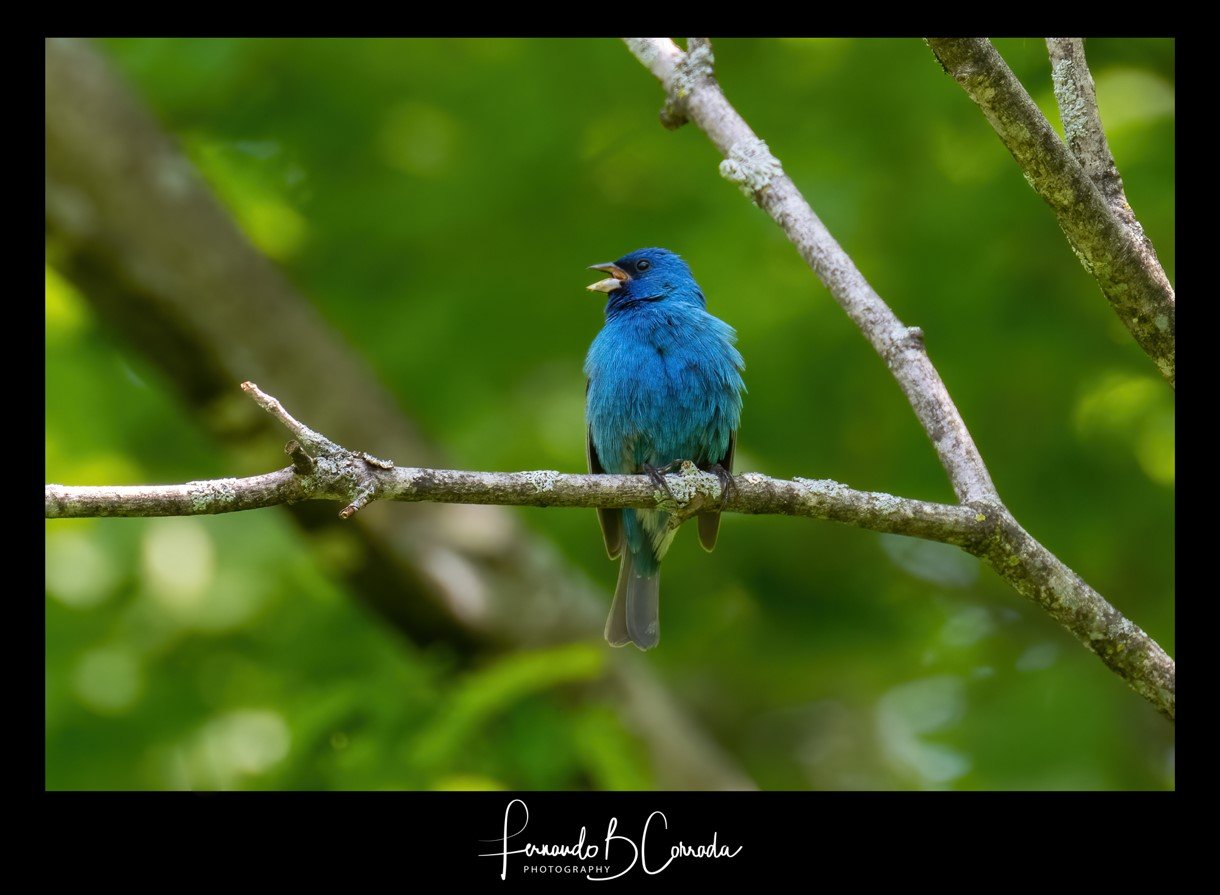Contributed by Fernando Corrada
Header image: View of wetlands by Fernando Corrada
Carse Wetlands Natural Area is a medium-sized property of 225 acres located in the town of Hinesburg, 2.5 miles SW of Hinesburg village. Its coordinates are N 44°18’31.9” W -73°07’35.9”. To reach it, go west on Charlotte Road for 1.4 miles and then continue straight onto Baldwin Road. Drive 0.95 miles to the small parking lot on your left immediately after passing Pinecrest Rd. The lot has space for 6-8 cars; the trailhead is on the right side. After passing the wooden sign, you will find an informational kiosk with maps, photos, and some safety tips. Note the prominent posters about ticks. A large part of the property is grassland, where ticks are very common. Take precautions and treat all your clothing, shoes, and exposed skin.
This land was donated to the University of Vermont in December 2013 and is managed with the cooperation of the town of Hinesburg, the Hinesburg Trail Committee, and the Hinesburg Land Trust. Several improvements and conservation projects have been completed in recent years, and soon there will be a new 165’ boardwalk on the NW side of the marsh that will provide panoramic views of the wetlands and forests. The existing short boardwalk on the SW side of the marsh will soon need replacing.



Carse Wetlands Natural Area is made up of a beaver pond and surrounding wetlands, a large meadow, and a mixed woods forest. The great variety of habitats supports plants, insects, mammals, and of course, many interesting birds. So far, 151 bird species have been reported from 279 eBird checklists. The property can be divided into four zones: Forest trails, the powerline meadow, the creek (a LaPlatte River tributary), and the marsh with trails running north/south.
Starting with the forest trails, woodpeckers seen regularly are Downy and Hairy, Yellow-bellied Sapsucker, Red-bellied, Northern Flicker, and Pileated. Vireos are also well-represented, with Yellow-throated, Red-eyed, Blue-headed, and Warbling all in the area. Veery and Hermit and Wood Thrushes are also found, as are Ruby- and Golden-crowned Kinglets, White-breasted Nuthatch, Tufted Titmouse, Black-capped Chickadee, Eastern Wood-Pewee, and Barred Owl. For warblers, expect Ovenbird, Black-and-white, American Redstart, Magnolia, Blackburnian, Chestnut-sided, Yellow-rumped, Black-throated Blue, and Black-throated Green.
Once you move to the open grassland by the powerlines, you will encounter as many as seven sparrow species. Also, look for Dark-eyed Junco, American Goldfinch, House Finch, Purple Finch, Cedar Waxwing, American Robin, and Gray Catbird. Flycatchers are abundant with Least, Alder, Willow, and Eastern Phoebe all in the area. A few warblers like this habitat, including Yellow, Common Yellowthroat, and the so-called “winged” warblers (Blue-winged and Golden-winged and their hybrids).
The meandering creek that feeds the marsh has several large oak trees and a fair amount of brush and medium-sized bushes. Here you will encounter Baltimore Oriole, Rose-breasted Grosbeak, Black-billed Cuckoo, Blue Jay, and Eastern Towhee. Close to the water, you can find Yellow Warbler, Common Yellowthroat, Wilson’s Warbler, Red-winged Blackbird, Brown-headed Cowbird, Song Sparrow, Swamp Sparrow, and White-throated Sparrow.
The last sector is the actual marsh that runs north to south and hugs the meadow and the forest. Species here can be reclusive and difficult to see but include Mallard, American Black Duck, Wood Duck, and Common and Hooded Mergansers. Expected marsh birds include Virginia Rail, Sora, Common Gallinule, American Woodcock, Wilson’s Snipe, American and Least Bitterns, Great Blue Heron, Green Heron, Great Egret, Belted Kingfisher, Marsh Wren, Swamp Sparrow, and Red-winged Blackbird. Mostly airborne birds over the marsh and the open fields include Tree Swallow, Barn Swallow, Chimney Swift, Caspian Tern, Ring-billed Gull, Turkey Vulture, Osprey, Northern Harrier, Red-tailed Hawk, and Broad-winged Hawk. There can be surprise sightings any time of the year, so routinely scan the skies for them. With the planned boardwalk upgrades, the expectation is that the number of sightings and new species listed is going to rise steadily in the near future. Go birding and enjoy our natural world!
